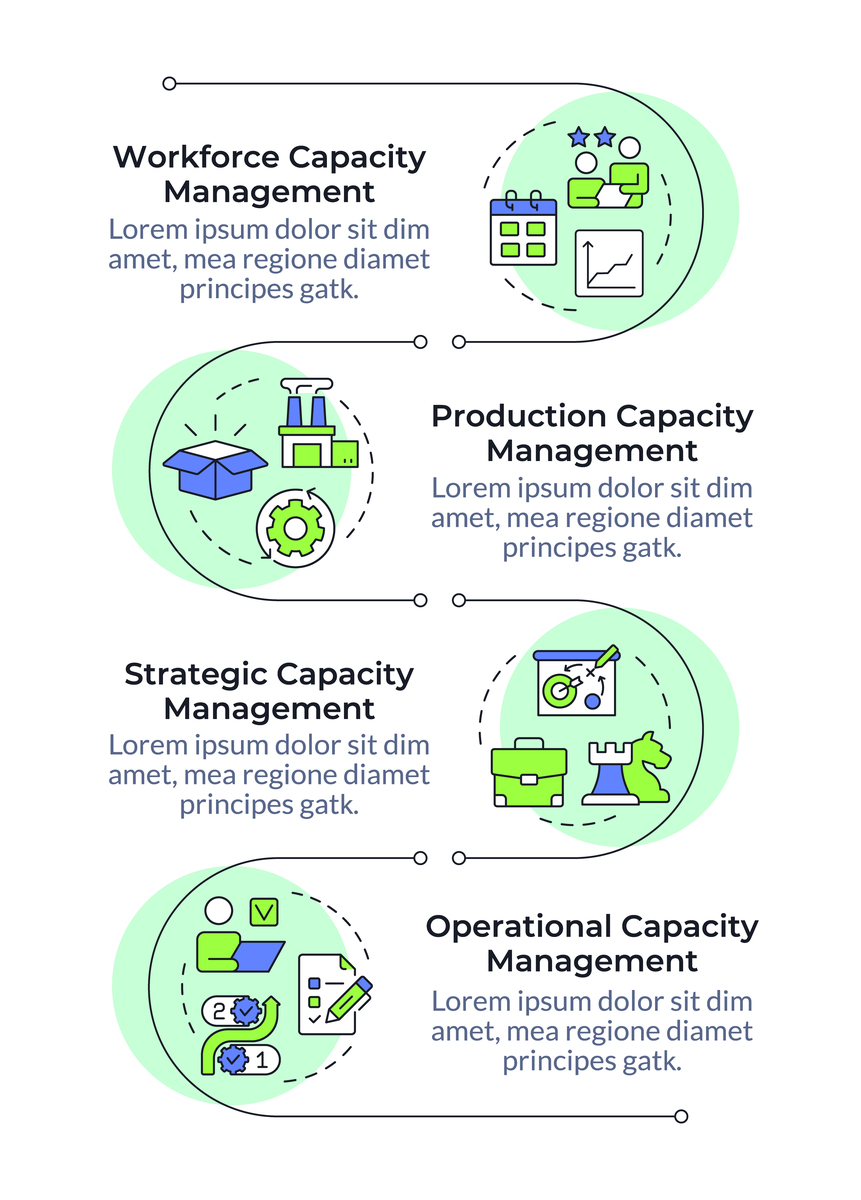翻译成英文。红色旅游文本英译中机器翻译译后编辑的翻译实践报告
Report on Editing the Machine-translated English Version of Red Tourism Text
Introduction:
With the rapid development of tourism industry, red tourism, which refers to visiting places with revolutionary history and significance, has become increasingly popular. As a result, more and more tourism texts about red tourism are being translated into English for foreign visitors. However, machine translation is often used due to time and cost considerations, which may result in poor quality translations. This report aims to present the editing practices of a machine-translated English version of a red tourism text and evaluate the effectiveness of the editing.
Editing Practices:
-
Reviewing the machine-translated text: Before editing, the machine-translated text was carefully reviewed to identify errors and inconsistencies. Common errors included mistranslation of idioms and phrases, incorrect word order, and inappropriate use of words.
-
Re-translating problematic sentences: In some cases, the machine-translated text was so poorly translated that it was necessary to re-translate the sentences. This was done by comparing the machine translation with the original Chinese text and rewriting the sentences using correct grammar and appropriate vocabulary.
-
Simplifying complex sentences: Some of the sentences in the machine-translated text were too long and complex, making them difficult to understand. These sentences were simplified and broken down into shorter sentences to improve readability.
-
Checking for cultural appropriateness: The edited text was checked for cultural appropriateness to ensure that it would be well-received by foreign visitors. This included checking for appropriate use of honorifics, proper names, and cultural references.
Evaluation:
The edited English version of the red tourism text was significantly improved in terms of accuracy, readability, and cultural appropriateness. The text was clearer and more concise, making it easier for foreign visitors to understand. In addition, the cultural appropriateness of the text was greatly improved, making it more appealing to foreign visitors. However, the editing process was time-consuming and required a high level of proficiency in both Chinese and English. Therefore, it may not be a feasible solution for all tourism texts.
Conclusion:
Machine translation can be a useful tool for translating tourism texts, but it should not be relied upon solely. Editing is necessary to ensure the accuracy, readability, and cultural appropriateness of the translation. The editing process can be time-consuming and challenging, but it is essential for creating high-quality translations that will be well-received by foreign visitors

原文地址: https://www.cveoy.top/t/topic/fF5X 著作权归作者所有。请勿转载和采集!